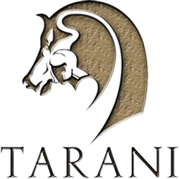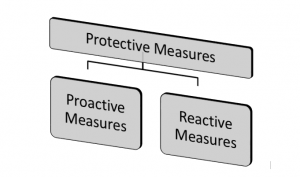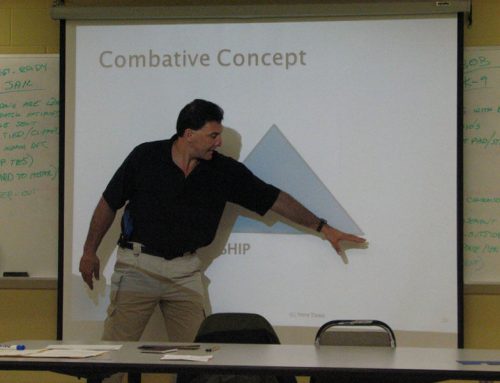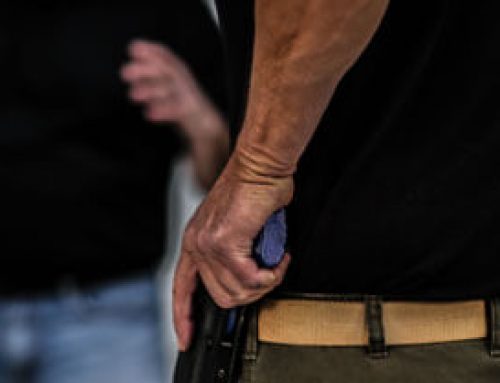 Protection is that concept, method, or practice which prevents someone or something from suffering harm, or loss in the event of an attack.
Protection is that concept, method, or practice which prevents someone or something from suffering harm, or loss in the event of an attack.
Protection implies a stable and relatively predictable environment, one where we may be at home, work, or school, seek recreation, and travel without fear of disturbance or injury. In other words, protection allows us to be both safe and comfortable.
“Protection amounts to not much more than you controlling your environment versus your environment controlling you.”
In ancient times there were protection programs such as clearing brush and other concealment options from more than 200 feet on either side of the king’s roads as a precaution against robbery or other assaults. Personal guards such as the Praetorians of ancient Rome and the Samurai of ancient Japan were additional insurance against bad things happening to a VIP. The same concerns of the ancients are as applicable in our time. We also face new concerns, some caused by advancements of our modern technology-based society, to include cyber-crime, identity theft, corporate espionage, international terrorism and the like.
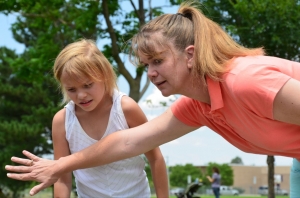
Protection may be further defined as “those plans and measures made for the purpose of anticipating, preventing, or limiting any action or situation which might endanger a protectee.” Such danger or harm comes from real-world threats which can negatively and permanently damage or impact our personal and professional lives. The world isn’t a safe place as we’d like it to be and given the frequency and intensity of emerging world-wide threats, Protection becomes a matter of personal responsibility.
If you’re the President of the United States, then you are protected by the US Secret Service. If you’re a celebrity or a very high-ranking corporate executive, then you are protected by what’s called a professional or “Executive Protection” detail – a team of bodyguards trained in the tradecraft of protection. But what if you’re not a VIP and you don’t have a trained protective detail to protect yourself or your loved ones? Then what?
How can I protect my daughter who is going off to college this year and living away from home for the first time? As a business owner, what can I do to provide protection assurances for my employees and my business?
What can I do to protect my spouse and our kids at home, at school, at work, and when we travel? The answers can be found beginning with Protective Measures.
Protective Measures
In the world of protection there exists a voluminous body of knowledge built squarely on lessons learned from the field by professionals. These are comprised of best protection methods and practices gleaned from literally centuries of trial and error.
“Protection is comprised of the thoughts, actions, skills and tools used in anticipating, preventing, or limiting any action or situation which may cause danger or harm.”
 Spanning far back into history and filling the myriad requirements for protection of royalty, dignitaries and ambassadors, aristocrats, important government figures, celebrities and high-profile affluent families, these methods and practices have been proven to be the most effective by professionals world-wide.
Spanning far back into history and filling the myriad requirements for protection of royalty, dignitaries and ambassadors, aristocrats, important government figures, celebrities and high-profile affluent families, these methods and practices have been proven to be the most effective by professionals world-wide.
Withstanding the very lengthy test of time, the selection process for best methods and practices is very Darwinian. If it didn’t work – the king was assassinated – then it was discarded, but if it worked it was adopted as a tool in the protection professional’s bag of tricks and, via this perpetual selection process, remains with us to this very day.
Such protective methods and practices incorporate similarly derived Protective Concepts, that is functional ideas which, when applied, achieve a specific protection objective. An example of this is the idea of securing your home when you’re not there – accomplished by locking your doors and closing your windows prior to your departure.
These traditional and field-proven methods and practices incorporating Protective Concepts are referred to as Protective Measures.
Protective Measures are very diverse, flexible in application and can also be applied either proactively or reactively based on any number of conditions and circumstances dictated by your environment.
Protective Measures
~ Steve Tarani
Professional Educator, Author, Keynote Speaker
